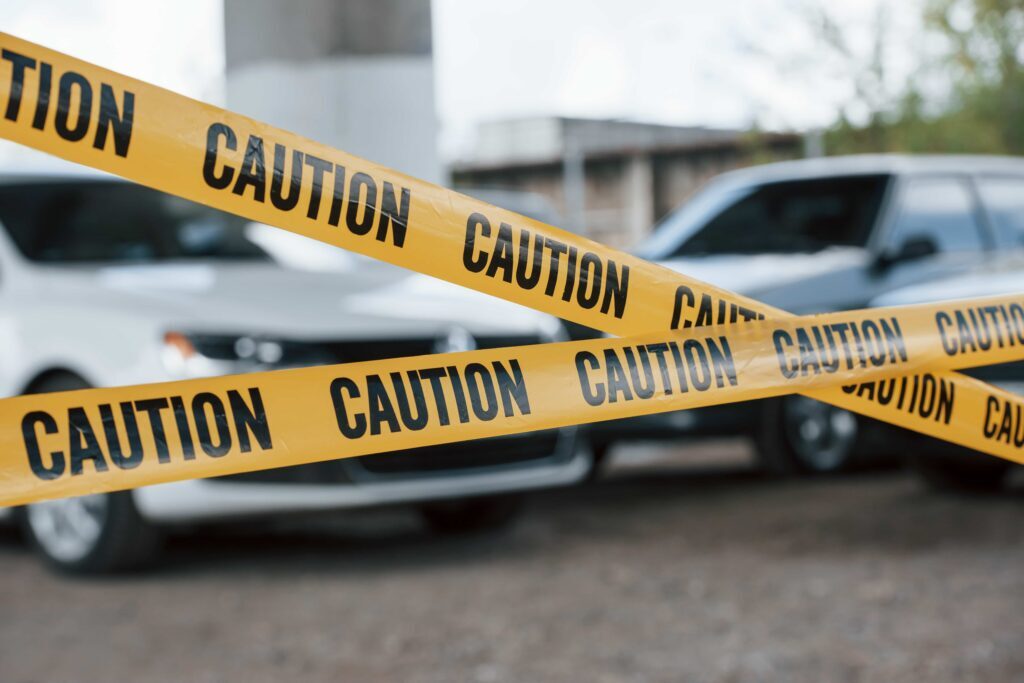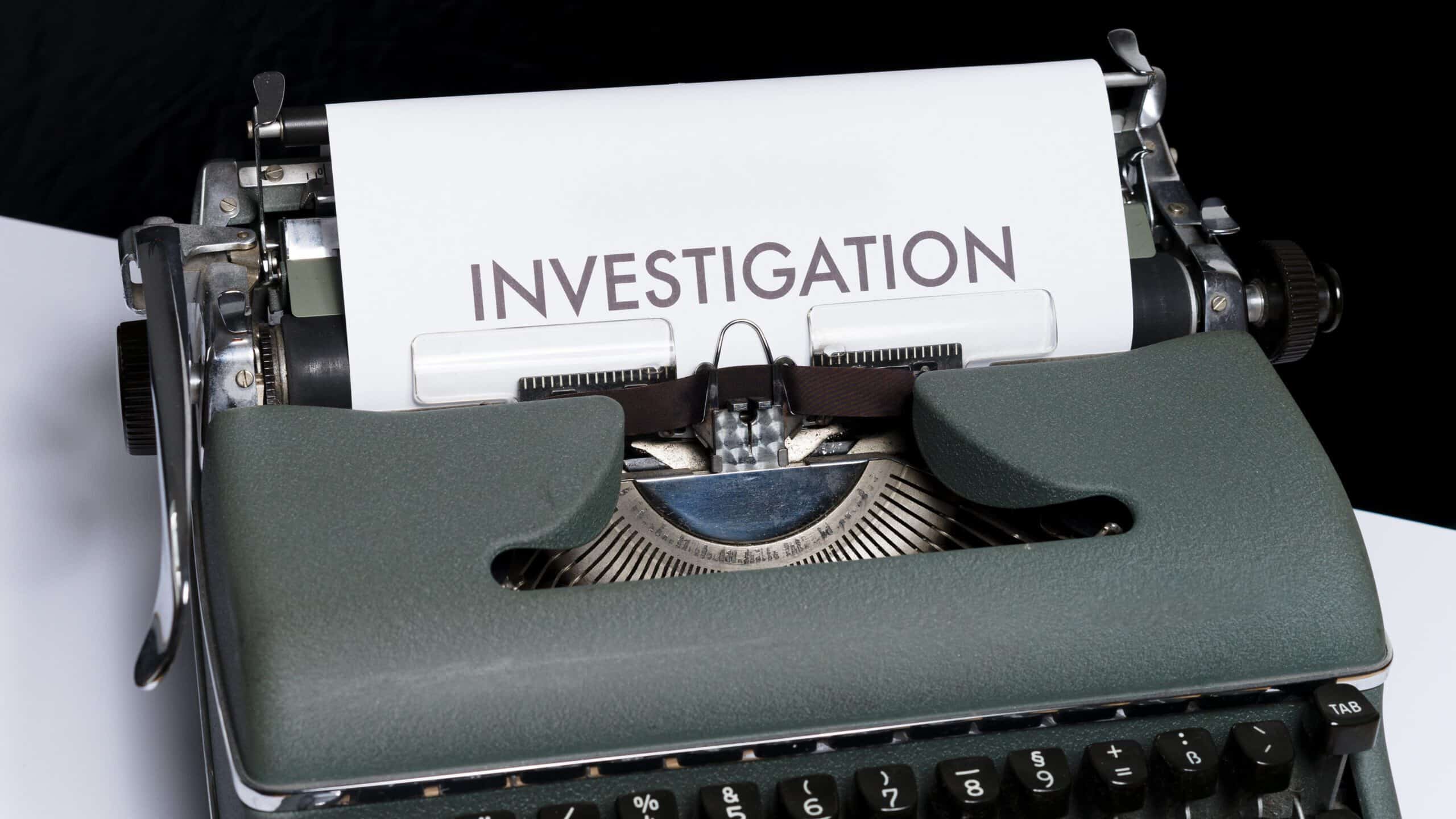Crime scenes are active, rapidly changing environments and the process of carrying out a crime scene investigation is a multifarious, problem-solving challenge. Evidence is therefore used to establish that a crime was committed or that a particular person committed a crime. Evidence that originates from the scene will provide a picture of events for the court to consider in its deliberations. Physical and biological evidence from the scene plays a major role in solving a court case.
In an article published by the US Department of Justice, former Attorney General Janet Reno explained that actions taken at the outset of an investigation at a crime scene can play a pivotal role in the resolution of a case. She further explained that careful, thorough investigation is key to ensure that potential physical evidence is not tainted or destroyed or potential witnesses overlooked.

Crime scene investigation is carried out by crime scene investigators popularly called CSIs and according to a principle by the Technical Working Group on Crime Scene Investigation (TWGCSI), “one of the most important aspects of the officer’s job is to preserve the crime scene with minimal contamination”.
A crime scene during the process of investigation is so important that it is secured. The perimeters are well defined and no unauthorized personnel is allowed entry into the scene. Rod Ghor and Darryl Plecas who are experienced crime investigation experts also mentioned in their book Introduction to Criminal Investigation: Processes, Practices and Thinking that, “when an investigator arrives at a crime scene, the need to protect that crime scene becomes a requirement as soon as it has been determined that the criminal event has become an inactive event and the investigator has switched to a strategic investigative response”.
This shows how much reference is given to the process of investigating a crime scene. The TWGCSI also affirming the lofty pertinence of the crime scene explained in one of its policies stated that “the initial responding officer(s) shall promptly, yet cautiously, approach and enter crime scenes, remaining observant of any persons, vehicles, events, potential evidence, and environmental conditions”.
McRory (2014) in his book Silent Witnesses further affirms the importance of crime scene investigation in solving a case. He explained that a court allows a CSI to make references to his/her notes made during the crime investigation stage to refresh their memory of events and actions taken. He asserted that when an investigator’s notebook is examined by the court, notes consistent with the investigator’s testimony provide the court with a circumstantial assurance or truthfulness that the evidence is accurate and truthful.
In conclusion, a case is only as strong as its evidence, and whether or not that evidence is strong depends, in large part, on the work carried out during the crime scene investigation. The onus is on those who studied the crime scene to provide evidence found on the scene with their expert knowledge in their fields of discipline to determine the significance of each piece of evidence.
Fox Animated Engineering will accurately illustrate events: Vehicular Cases, Medical Cases, Construction Cases and Intellectual Property Cases. Click here to reach out to our team.





